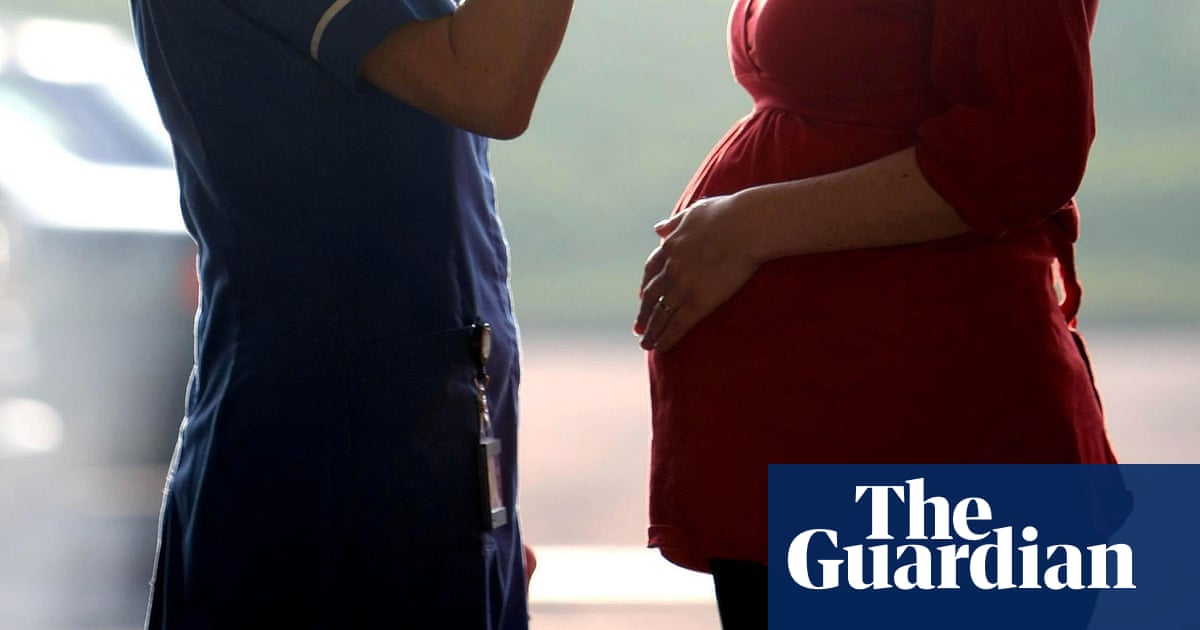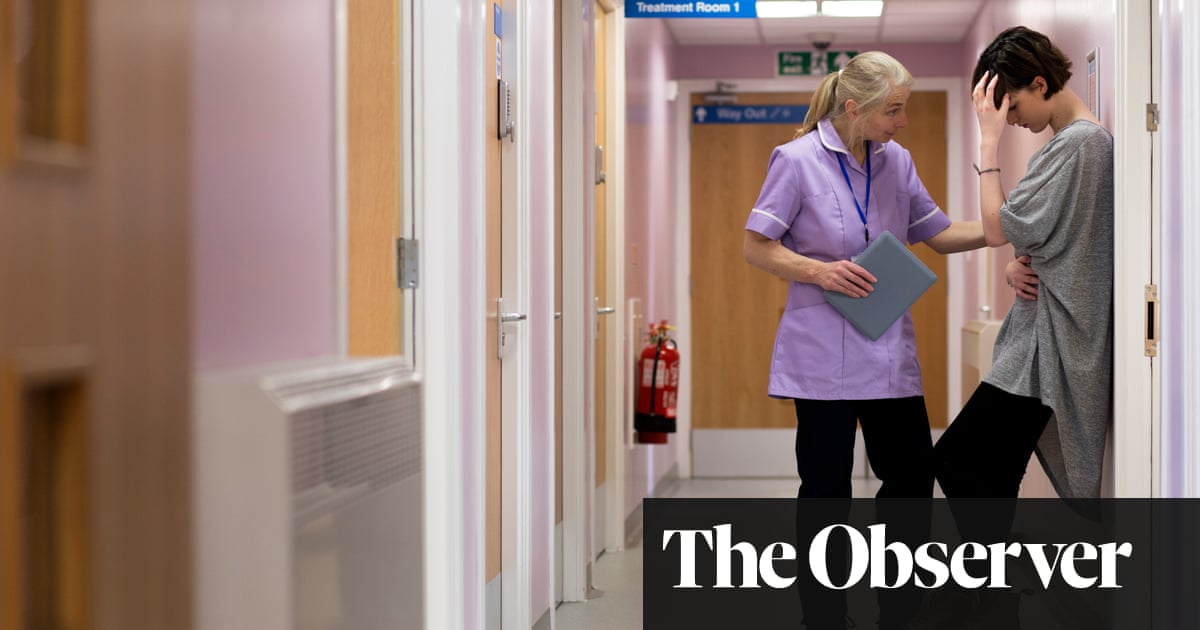
The proportion of disadvantaged teenagers in England going on to study at university has fallen for the first time on record, leading to accusations that the country is moving backwards in terms of social mobility.
Figures released by the Department for Education show that 29% of students eligible for free school meals at 15 had progressed to university by the age of 19 in 2022-23, compared with 29.2% the previous year – the first time the rate has fallen since it was first measured in 2005-06.
While the latest figure is still far higher than the 20% who had progressed to university in 2011-12, before the introduction of the £9,000 undergraduate tuition fee, the year-on-year fall has alarmed advocates for social mobility.
Lee Elliot Major, a professor of social mobility at the University of Exeter, said: “The stark reality is that in the post-pandemic era we are moving backwards as a society. All the key indicators of social mobility are flashing red – widening education divides are driven by a perfect storm of rising child poverty, persistent school absenteeism and deepening financial hardship among our university students.”
Bridget Phillipson, the education secretary, said universities needed to do more to help students overcome inequalities.
“This data exposes entrenched inequalities that have been left to worsen year on year. For the gap in access to university between disadvantaged students and their peers to be the highest on record is appalling,” she said. “We all have a role to play in putting that right but when it comes to access to higher education for disadvantaged students, universities can and must do more.”
The DfE’s figures show that among those not on free school meals at age 15, a sliver less than 50% went on to higher education, the highest rate on record. As a result, the gap in participation between the two groups was the widest ever at 20.8 percentage points.
The data also shows that students from private schools have strengthened their grip on places at selective universities that require the highest A-level grades for entry, despite the universities taking in more students overall.
While selective universities – including the Russell Group of research institutions – increased their share of students taking A-levels to 38.2% in a year, the proportion from private school rose more quickly. As a result, 67.8% of private school pupils gained places, compared with 34.2% of state school pupils.
Elliot Major said it was a “national scandal” that private school A-level students were twice as likely to enter elite universities as their state school peers. “We urgently need to overhaul access to higher education – reinstating maintenance grants at a time when many students are struggling to eat or stay warm let alone study, and expanding contextual admissions, which would lower grade requirements for students to reflect the extra barriers they have overcome,” he said.
A spokesperson for the Russell Group noted that a record 6.1% of students eligible for free school meals had gone to a high-tariff university in 2022-23.
“However, as [this] new data shows, there are still many challenges,” the spokesperson said. “The sector needs to continue to be ambitious in ensuring that talented students from all backgrounds have the opportunity to access high-quality higher education.”












